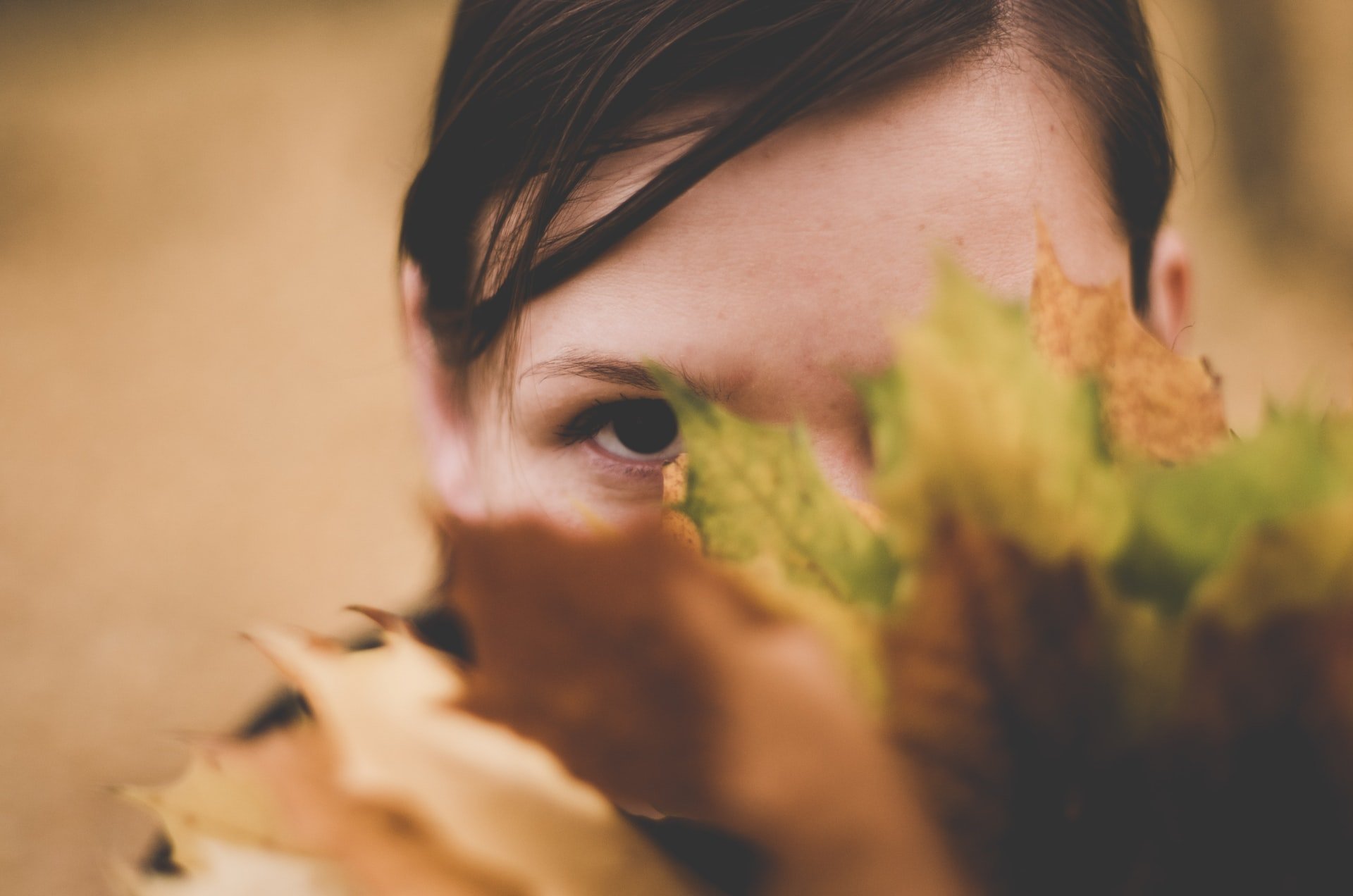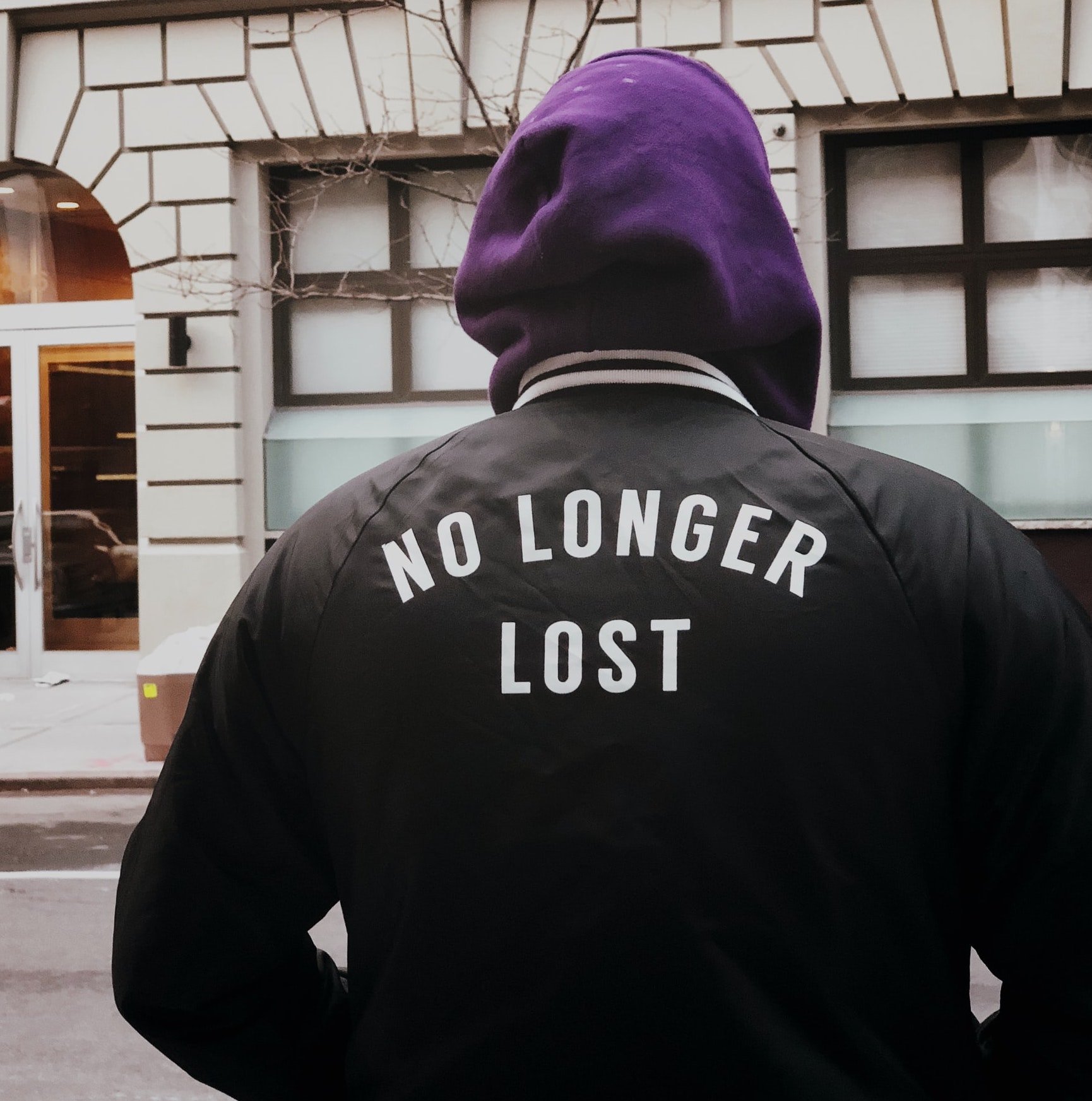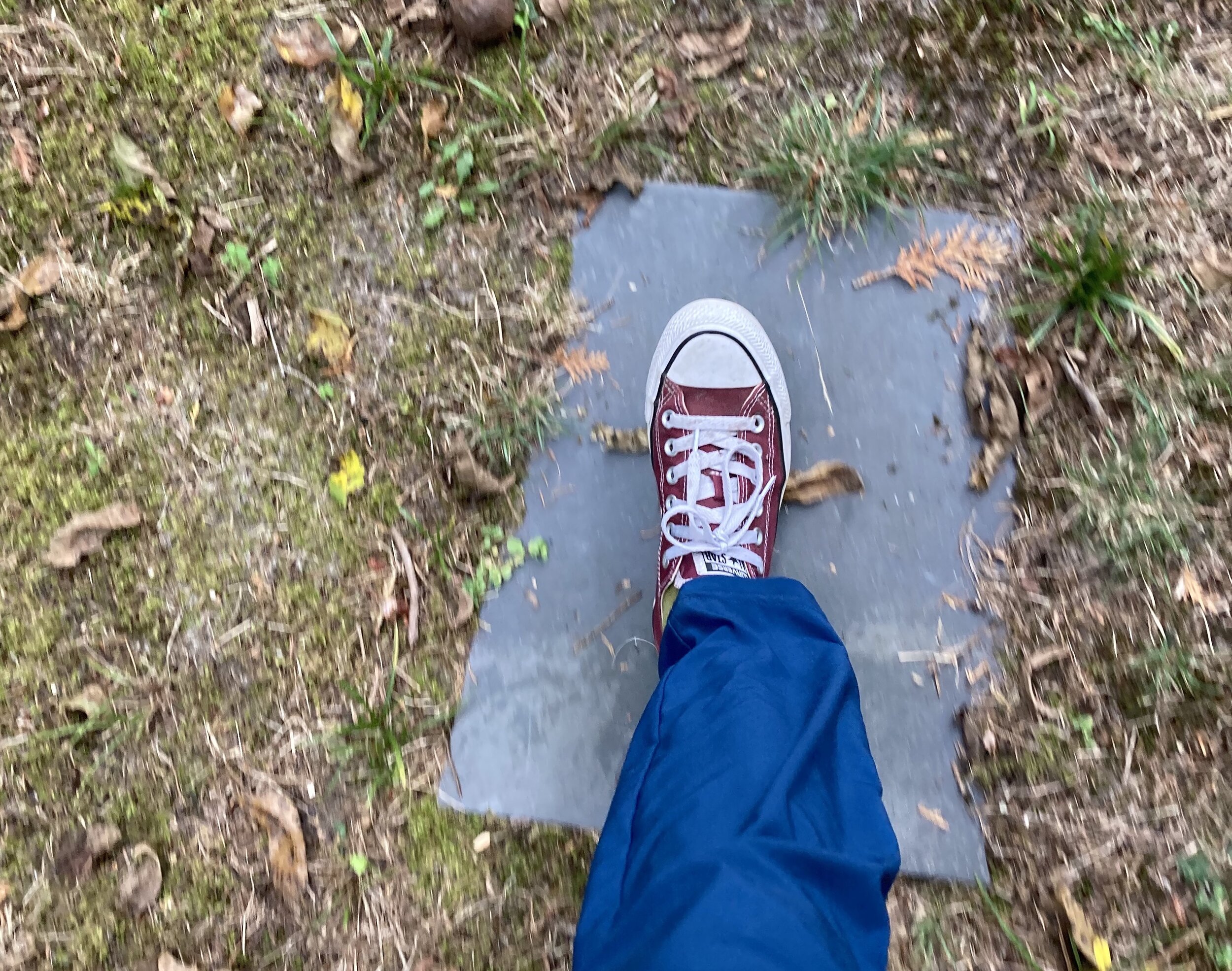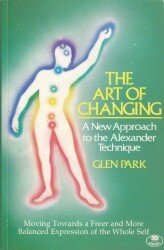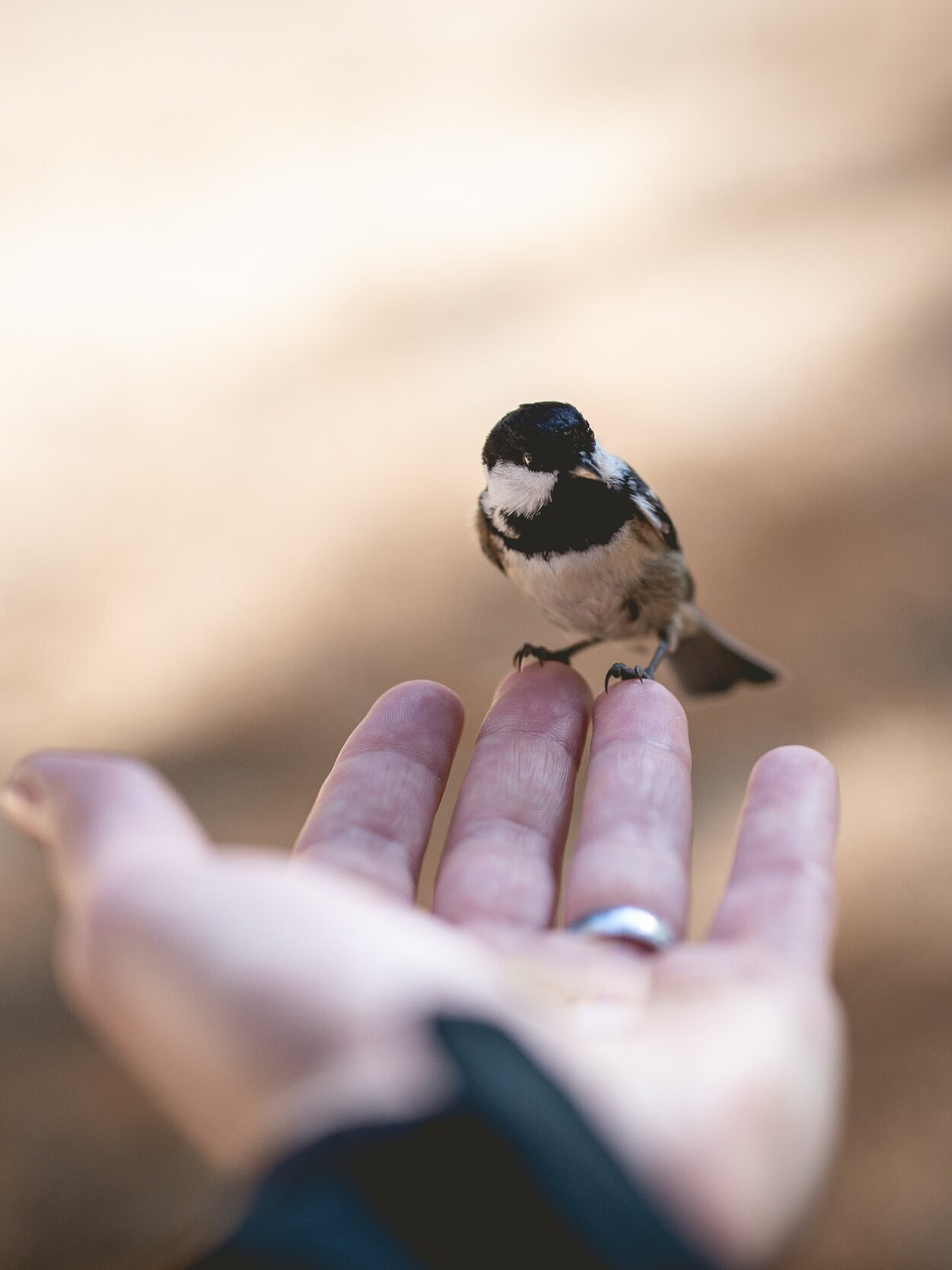
How You Move Matters
Free Alexander Technique Exercises, Tips, and Resources
A Lesson from Swallows
It’s September and I am getting a lesson in lateral collaboration from the flocking birds. Rather than a top down group organization with one executive leader, the flock as a whole moves together, sharing the leadership. Within large flocking groups, called murmurations, changes in direction happen from any single bird, passing like a wave or spiral throughout the group. Scientists have found that the movement changes each bird makes happen faster while flocking than when reacting to a loud sound or other external stimuli. This kind of embodied intelligence is efficient and maintains the steady integrity of the whole community.. Embodied intelligence is also vital for humans, within our own selves and in how we interact with each other.
Photo by Rowan Heuvel on Unsplash
Think for a moment of the flock as a metaphor for the whole person. Consider how collaboratively our bodies can move, as an integrated system - without second guessing ourselves. I recently wrote about my experience of interference within my internal communication system (proprioception). It took a lot of extra cerebral work to compensate while my sprained ankle healed. I have a renewed appreciation for how much daily effort goes into simple movement if there’s an interruption in the communication The metaphor of the flock helps me recognize the excessive mental work. Regaining my inner flocking involves letting go of what is not needed, especially that urge to get ahead of what I can sense in the present moment.
Our kinesthetic sense, the sense of moving in space and the flow of movement, is a key part of our embodied intelligence. Trusting and relying on this sense, can release us from “being in our heads” or over-thinking our actions. If the birds in flight were to anticipate the changes in direction they would interfere with the smooth transitions of the group, and the soaring pleasure of unified movement.
Whether it’s hard won or part of the invisible flow of day to day activities, collaborative movement brings pleasure, a sense of ease and unity. The murmuration of swallows is beautiful to experience if you’re able to get out in nature this time of year. .
Here’s an example:
Tree Swallows moving together, creating patterns as they fly. A lesson in collaboration.
Kinesthetic sense? Try this:
Here’s a simple following experiment to try with a friend, touching fingertips.
1. Sit or stand facing each other and connect with just the tips of your index fingers. One person will be the leader, moving their hand continuously and smoothly. If the follower is sighted, they will close their eyes as they move with the leader.
Could you notice what it’s like to follow without anticipating the next move.
2. Switch roles.
Did you notice how much you are relying on your kinesthetic sense? – was this easy? or do you find your executive mind wants to interfere?
3. Return to touching fingertips. This time you are a flock. The objective is to move smoothly and continuously together. One person will start the movement but at any moment the other person can redirect the movement. Try this with your eyes closed
Did you find some lateral collaborative flow?
From the Ankle Up and Down. (my story of proprioception)
If I haven’t already told you, a hunk of my summer has been about healing. In July, I tripped on a pothole and sprained my ankle. I wouldn’t say that the recovery and rehab process is a “gift” but it has been an opportunity to re-experience the significance of proprioception - sometimes called the sixth sense.
Proprioception is our sense of our bodies’ presence in space (unless a person is missing certain receptors in their brain). You use your proprioceptive sense to know, for example, where your nose is (without looking in a mirror). Try this: close your eyes and touch the tip of your nose. The accuracy of that action relies on your proprioception.
It was illuminating for me when the Physical Therapist tested my ability to stand on one foot and then rise up onto my toes. I could barely do it on my injured leg. My balance was wobbly – and it hurt. The muscles were just not getting the signals I was sending. The “noise” from the swelling, and the injury itself, created interference that blocked the communication to my ankle. It was as though I couldn’t quite ‘find’ the muscles.
There’s some wisdom in this interference. The bruised and strained tissue of my foot and ankle need more rest. And yet I also need to move in order to heal, thoughtfully but not fearfully. It takes a “leap of faith” to follow the logic of exercise because it doesn’t “feel” like it would be a good idea! I have to call upon my curious self, “I wonder what will happen if…”. I use my integration of the Alexander Technique as I move my ankle.
Little by little, the interference (swelling, soreness) is diminishing and the nuances of self-perception are coming through. Each day I’m making some time for re-learning how to reconnect with myself at my ankle. It’s been a good excuse for more consistent fitness and some pleasurable, visceral time on the mat. It has been a process of re-membering and it takes consistent practice. (For a chuckle, look at this video - Brian Altemus and I drawing the ABC’s to move and lubricate our stiff, healing ankles).
Maybe you’ve experienced a similar process when you started using the Alexander Technique. Do you remember that you needed to practice re-organizing your patterns of moving? Did it take some re-membering? Even right now, as you're reading this, does it take a moment to orient and sense where your body is in space - perhaps in relationship to the floor? Proprioception sets the stage for you to take in other senses, like how the floor receives your weight. Is it kind of like starting all over from the beginning again and again? I'm right in there with you!!
Feeling Lost? Where to Start.
Where am I?… locating yourself is the first step.
Recognize where you are, especially when you’re under stress, feeling anxiousness or the tidal pull of habit. “You have to be somewhere to go somewhere” (Kari Margolis) is good acting advice, and good life advice. Where you are right now is probably quite familiar once you pause and take it in.
In my previous blog I described RAIN (Recognize, Allow, Investigate, Nurture/Non-attachment), a mindfulness practice for stress reduction. Let’s start by unpacking the R (recognize) – and finding the connection to our Alexander process.
If you are feeling lost in an emotion or feeling an all too familiar pain in your body, try this 3 point process:
Pause and recognize where you are.
Name the place (I am on the subway, I am in the kitchen, I am on the sidewalk, I am at my desk… you get the idea).Now continue recognizing, getting more personal and specific.
Recognize the feeling in your shoulders? Is it a tight, burning tension? Or is it like a cold brick? Is the sensation in your stomach a cramp or a flutter? Or is there a tightness in your chest?… breathe with it and describe it.Name the feeling or emotion that goes with the sensation
Naming will help you recognize. (This is dread, this is regret, this is anticipation…)
And yes, you do have time for this – emotional states of being do change, but not in a hurry. Can you let go of seeking comfort or numbness for a few more minutes? This takes a bit of courage –you’ve got it.
Have you noticed that pain and fear are the close companions of empathy and compassion? Recognizing your fallible humanity strengthens your connection to others. You are directing kindness to yourself by not turning away from the feelings - not pretending you aren’t exactly where you are.
"Having compassion starts and ends with having compassion for all those unwanted parts of ourselves”.
(Pema Chödrön).
Photo by Jon Tyson on Unsplash. . Photo by Artur Rutkowski on Unsplash
Are you stepping it up?
A Hike or a Walk in the Woods…? Take a walk with me. I’d like to share the insights I’m experiencing as I go step by step. To begin with, I’m learning that building the strength to bounce back, to move forward and to grow -- takes RESPECT. Letting go of overworking? Honoring the patience and diligence needed for change is an act of caring from the heart. And so, I believe that the life-long learning and growth process of performing artists is an act of loving.
Challenging yourself to grow can come from cherishing what you know is in you -- you light up a screen, you charm and astonish, even frighten and disarm! Building openness and availability can sometimes feel like trudging uphill and sometimes it seems like a refreshing stroll, full of discovery. Yes. It takes respect and love to motivate this kind of deep play -- and AT practice!
Check out our offerings at AT Motion Center for Actors (ATMoCa) and find the fit for you.
We’re opening up a new membership so that you can be part of a growing community. Classes are live in the studio and online. We’ve added a new self-paced option through our Thinkific virtual classroom.
Re-Membering: including emotions with body and mind
Re-membering?
One of the first books I read about the Alexander Technique, The Art of Changing, still inspires fresh thoughts. I recently took Glen Park’s book off the shelf (FYI in other additions is titled A New Approach to the Alexander Technique). In it I found a section on Emotional Armouring.
“Because the mind, body and emotions are all different expressions of the Self, the whole, they cannot be split off from each other, and our attempts to cut off emotions will be reflected in the body and the mind”.
I was particularly drawn to the word “re-membering”, used as a way to describe connecting the dis-membered self back into unity. This past week’s lessons and classes have focused on appreciating changes in the emotional life of the Self, the Unified Self, which is at the center of our approach to the Alexander Technique, here at AT Motion.
More to share & something you can do for yourself
Take a few minutes to observe yourself before and after each AT lesson or class. Taking notes will give you time to prepare, and then time to integrate or reflect on your experiences -- deepening them in your memory. I recommend using three categories of observations from Glen Park’s book: sensations, emotions and thoughts.
Sensations: Notice your sensations before you try to change them. It’s so compelling to fix what feels wrong or uncomfortable. Sensation is the physical intelligence data that you need to make informed decisions. You are developing the skill of making more sense of your sensations. Sensing the space around you will also reveal your personal sensations. Take a few moments to notice and then to take notes brings language to your non-verbal experiences, helping you to communicate how something affects you, even if you have to invent the words.
Emotions: Internal sensation is the basis of emotion -- it’s how we know that we are having feelings. You may notice your emotions as an overall emotional quality or mood. If you can, take time to get to know the feelings -- record them in words or drawings. Pleasurable and painful feelings can arise unexpectedly, seemingly uninvited. Emotions connected to past experiences that have not yet been expressed and released will often latch onto new but similar experiences in the present moment. If you are working through some historical/past distress, you may want to take a moment to regain balance in your attention. Notice least one pleasant thing in the surrounding place or room. Exhale softly and slowly, then let in an easy inhale so you can sigh. Taking a few moments to observe and record your emotions or mood before and after a lesson can build confidence, trust in yourself and honesty with others.
Thoughts: Sensations and emotions are reflective of the beliefs and ideas we live by. In an Alexander Technique lesson, changes or shifts from familiar ways of moving and being can provoke thoughts. You might find yourself creating inner monologues or scenarios. You might hear very critical thoughts playing out in your head, or “rules” about what is or isn’t possible. You might come up with a new idea, find an inspiration or a very deep understanding. Perspective can shift. Any thought that has a particular quality or flavor is worth noticing - and taking notes.
All of these ways of appreciating your experience will build more accurate observation skills while you re-member. And done with kindness, you will build respect for our human design for …being human!
Photo by Max Kleinen on Unsplash







